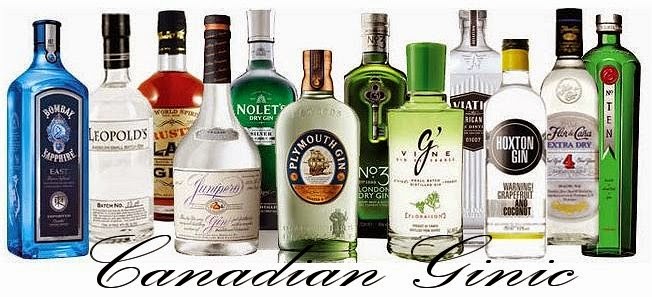NOTE: At some point, I'll be moving this alcohol-infused blog over to the new domain name "canadianginic.ca" but, until then, you've earned another post for your patience. So let's talk about making spherical ice "cubes" for your cocktails, shall we?
Why spherical ice balls? Because shut up, that's why. Oh, wait, wrong blog. Because if you want to keep your cocktail cold without your crappy, bar-standard ice chips watering it down within minutes of delivery, your best bet is a single, large ice ball which represents the most efficient way of cooling that cocktail, while having the mathematically minimal surface area to reduce the melting and, consequently, to reduce the annoying watering down of your precious scotch or bourbon. (I love math. Did I mention I love math?)
I was first introduced to ice balls at the appropriately named "Ice Plant Bar" in St. Augustine, FL. by master bartender Zach Lynch who had, behind the bar, what was obviously a handmade ice ball creator:
into which you stuff a large chunk of ice, and thermodynamics does the rest, sucking the life out of the excess ice while leaving a perfectly spherical ice ball in the round cutouts between the large blobs of aluminum.
Don't believe me? Voila:
whereupon your cocktail ends up looking like this:
Yes, that's my drink, and I bought it solely because it would require Zach to make me an ice ball. Marketing, folks. Marketing. Oh, you suddenly want one of those? Well, then ...
First, you can get these babies online in various places. There's Williams-Sonoma, where you can appreciate the luxury quotient based on the price of either a 2" or 2-3/4" ice ball maker. Yow. Which is why I tracked me down a local machine shop, and I'm going to be making some of my own, but you'll have to wait a bit more for that to happen. But we're not done here.
The basis for the ice ball maker is the heat conductivity of the material used, and every one I've seen is based on aluminum, mostly for the light weight. After all, you're talking about a couple massive chunks of material, and aluminum at least allows you to be able to lift it behind the bar. But is there a better choice? Ha ha, I'm glad you asked.
There's lots of yammering about copper, which has better heat conductivity, and there's been some misunderstanding about commercial ice ball makers made from copper. For example, here is a YouTube video, claiming that a gorgeous Macallan ice ball maker is made from copper.
You wish, dude. You only wish.
Note that, in the comments section of the above, a number of folks take that video to task for being misleading, but it would have been simple to debunk the claim, anyway. One needs only to do a bit of simple research to learn that the specific gravity of aluminum is 2.7 while, for copper, it's 8.96. Which means that an ice ball maker made from copper would weigh 3.3 times as much as an equivalent one made from aluminum. So while a copper ice ball maker would be delightful and a real conversation piece, it ain't happening anytime soon unless you lift weights.
But if you stay tuned, we here at CG HQ are in the process of manufacturing some of our own, and if you'd like one, why, yes, we can chat.



